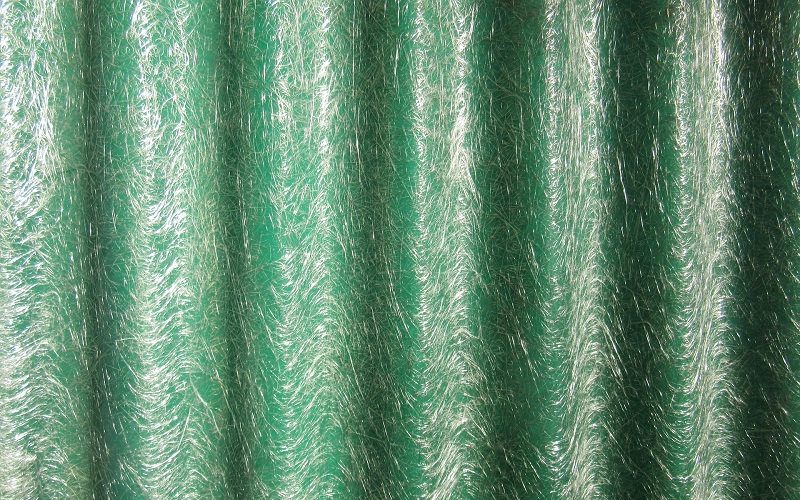Your boat has been in storage since the last few weeks of autumn. Now that the new boating season is looming closer, have you inspected your vessel to check if it is fit for this year’s marine adventures? Boat maintenance is key if you want to get the most out of your boat this season.
Getting to know your hull
The boat’s hull is made out of fibreglass, a strong and sturdy material that maintains the boat’s integrity against water. On top of that is a shiny layer of gel coat, which adds further protection for the boat, especially when you scrape up against another boat, the dock, or a piling.
While fiberglass is made to withstand everyday wear and tear, there will come a time when you will need to do more than just wash it off with soapy water. The sun’s harmful ultraviolet rays bake both the gel coat and the fiberglass underneath, and the longer your boat stays in the water, the more it soaks up the UV rays that can cause premature ageing and cracking in the gel coat. Other marine muck such as algae, barnacles, sediment, and mineral deposits can also make your boat’s fiberglass hull less lovely to look at.
Keeping your boat hull clean, shiny and smooth
It’s relatively easy to do your fair share of boat hull cleaning, and you wouldn’t need to call in the professionals every time you want to restore your boat’s beautifully shiny appearance. The cardinal rule in keeping your hull clean—and in keeping the entire boat serviceable—is to hose down the entire vessel with fresh water after every trip.
Clean freshwater will discourage the accumulation of loose salt, sediment, and other unwanted things on your fiberglass surfaces. You may also want to use a little marine soap or some specialized hull cleaning solution every now and then, but if you don’t have the time to spare for an all-out cleaning, a good dose of fresh water should do the trick.
When you have the time to actually clean your boat’s hull and pay close attention to the gel coat, it might be a good idea to stock up on brushes and microfiber wash mittens to help you do the job properly. Picking out the appropriate cleaning items will certainly make the job easier for you, as well as ensure that your boat will not get damaged any further during the cleanup process.
For waterline stains on the hull, use the least powerful commercial stain removal product first to see if it can remove the stain. Going for the harsher, more potent solutions immediately might compromise the fiberglass. Use the cleaning agent sparingly and in accordance with the package instructions. Who wants to have a stain-free, yet cracked, hull anyway?
If you opt to wash your boat with marine soap or hull cleaner, make sure that you give it a good rinse with freshwater afterwards. Allow the boat to air dry completely before applying hull wax as a final boat hull polishing step.





